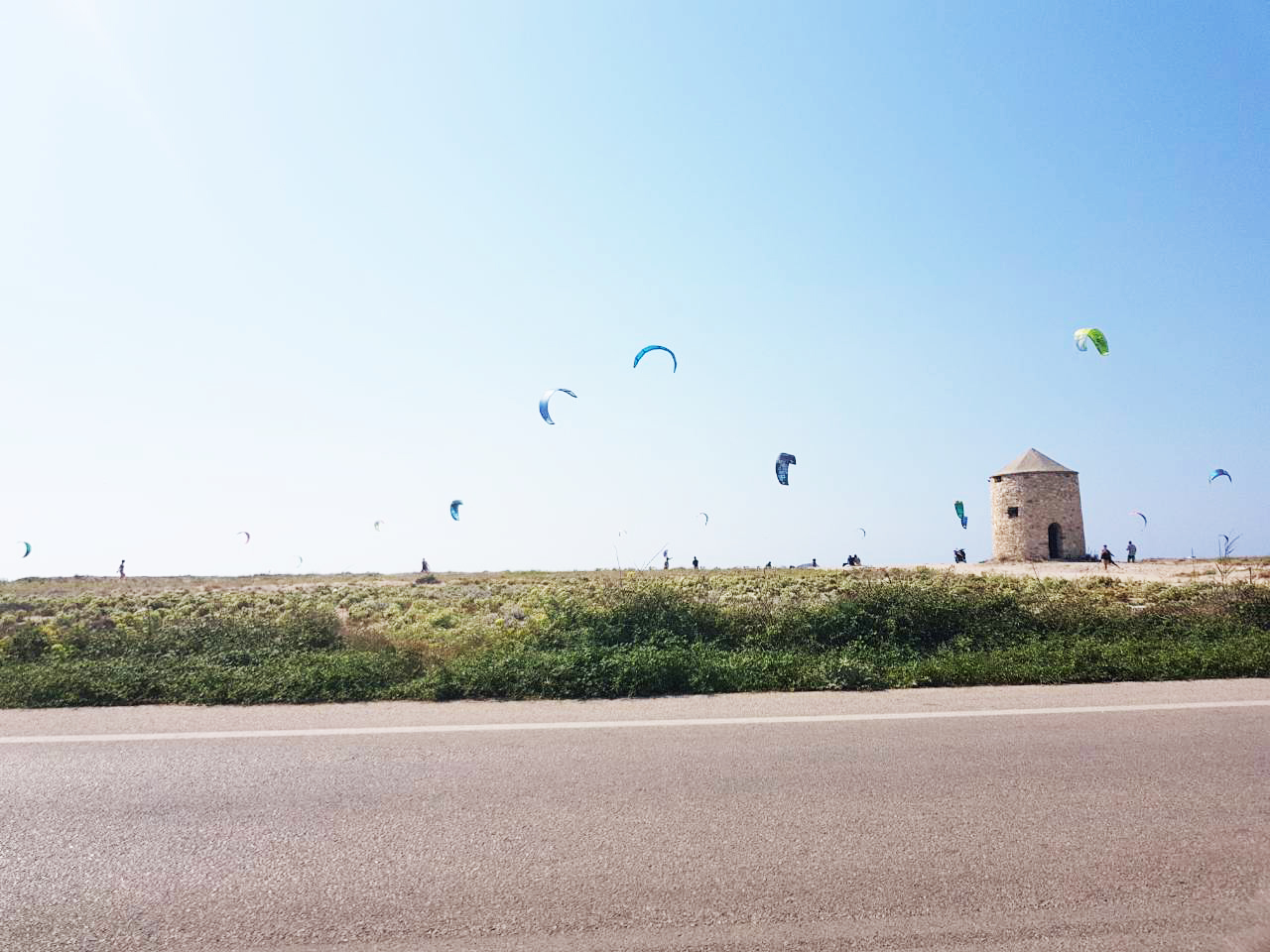In the land of sun and sea, it’s hard to stand out. There’s thousands of islands in Greece, one seemingly prettier than the other. Things get easier once you’ve joined the dots, in a sense quite literally, as the geography of each cluster of islands determines what you’ll encounter. The Cycladic islands and the Aegean islands in particular see less rainfall, and are arid and hot. Lefkada, in the Ionian Sea, is not one of them. Lefkada is every shade of green you can imagine, and then some. Funnily enough, Lefkada can’t actually be considered an island. Strictly speaking it was a peninsula that the ancient Corinthians dug up to create a causeway, so one of the bonuses of visiting is no boat tickets.
BEACHES
Lefkada is all about the beaches. Don’t let anyone tell you otherwise. We’re talking strictly kings or better. There’s no duds over here. Every beach looks like it’s been ripped off some cart postal, they’re that spectacular. So without further ado, let’s break it down to the best ones.
People say that Egremnoi and Porto Katsiki are the best beaches in the island. That’s only half right. Because while those two are certainly the most famous, and for a reason, the others aren’t far behind. In particular, Kathisma offers the same white sand and turquoise waters, as well as the same imposing cliff face as a backdrop. But it somehow manages to be a better experience (less tourists?).
Then there’s the lovely Agios Nikitas, Pefkoulia or Agios Ioannis, and some of those are accessible only by boat.
A lot of these beaches also include a lot of water sports activities such as windsurfing, kitesurfing, paragliding, scuba and snorkeling. One can even rent a boat and go around the uninhabited islands around the isle. If sports is what you crave, Lefkada has your back. With its massive mountains, hiking, mountain biking and even horseback riding are on the menu. The cascading canopy of pine trees that covers the island is an intoxicating sight. Standing around it is nothing short of an ecclesiastical experience.
Obviously, if one desires to see some culture and archaeology, one only has to hoof it to the castle of Agia Mavra, coming up on the entrance to the island. This 14th century fortification is impressive from far, and it doesn’t disappoint up close either. Then, there’s the church of Agios Ioannis Antzousis. Built in the 16th century it is the oldest such church in the island, and its precarious position atop a a rock gives it a dramatic aura. As is tradition, one can round up their knowledge with a short visit to the Archaeological Museum.
Lefkada should be on your radar this summer. You never know when the next earthquake’s going to wipe out a beach or two.




